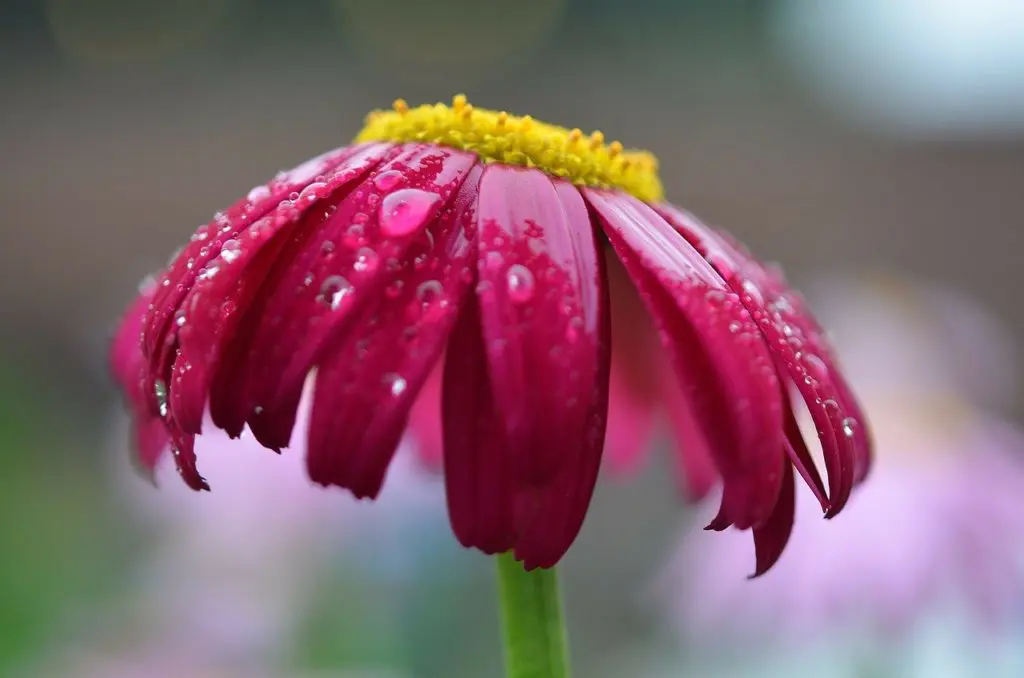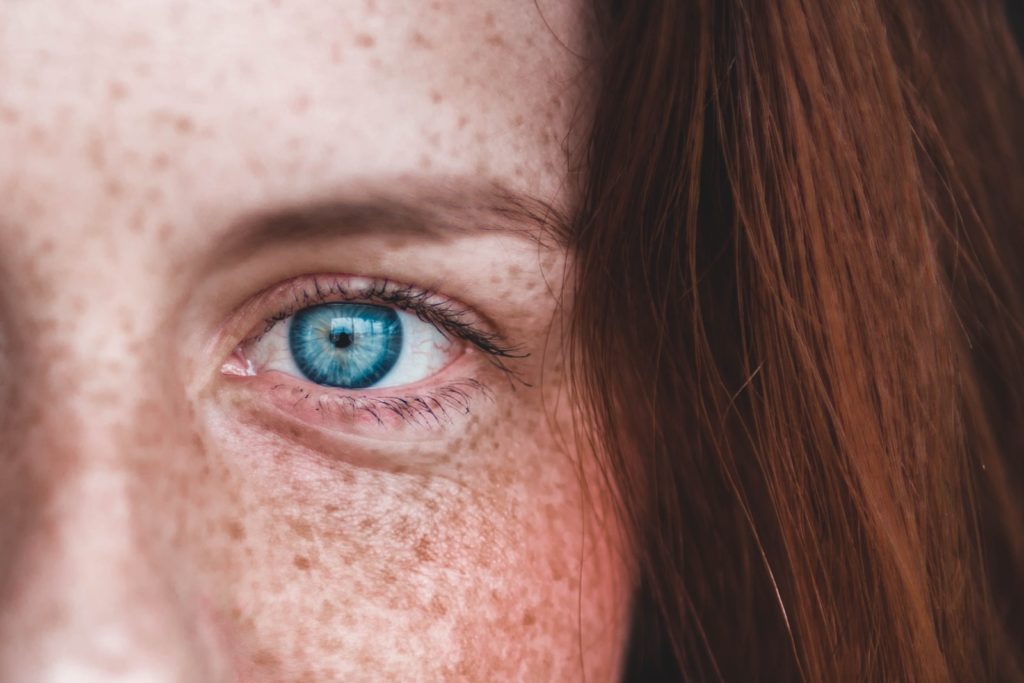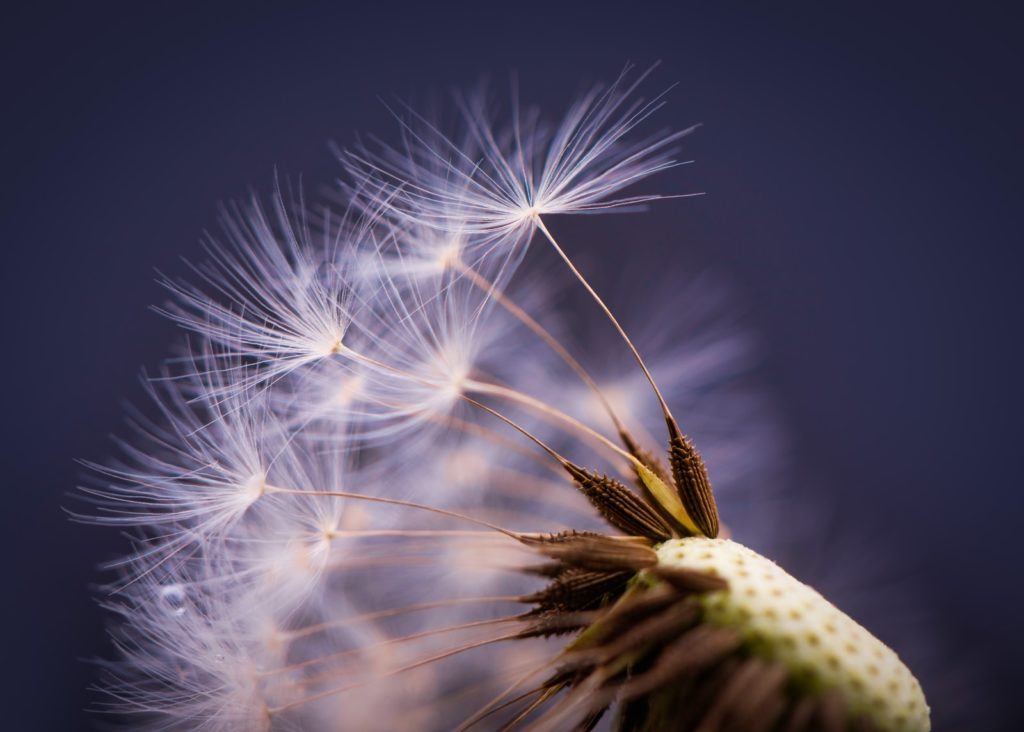Huddle in close, I want to tell you a little secret. Did you know you can shoot beautiful macro images without spending a cent? Ok, you may need to buy a couple of things but there is an equal chance that you already have those items lying around at home.
With even secondhand macro lenses fetching premium prices, decent close-up rings costing not much less, this little idea is perfect for the photographer on a budget.
Of course, any camera hack with have some downsides, one of which will be image quality. However, the loss of image quality is not as severe as you might think and this hack will give you some very decent results. So what are we talking about? A DIY lens reversing ring.

Why Reverse Your Lens?
It might seem odd to turn around your beautiful camera lens, but in doing so you will be able to shoot subjects that are very close ie macro. There are some caveats in working this way.
Firstly to focus you will need to move the camera to or from the subject rather than turning the lens’ focus ring. Secondly, you will need to set the exposure manually. This is because you will lose all electrical contacts between the camera and the lens. Thirdly, on many cameras, you will have to set up this technique in the menu. This is because some cameras will not shoot if they do not detect a lens. In most cases, there will be a menu setting to get around this.

Choosing The Lens
You are going to need to choose a suitable lens. Whilst all lenses can be reversed, some are much better than others. The best options are standard focal length prime lenses such as a 50mm or even a 35mm. A major consideration is that the lens must have an aperture ring as you will need to be able to stop the lens down manually to get the correct exposure.
This would exclude Nikon G lenses and some other recent manufacturers that do not include an aperture control. Nikon F lenses would still work as would most Canon lenses. Of course, given that we are reversing the lens, it does not even have to be from the same system. You might have a nice old M42 lens that you could use as a reverse macro on your shiny new Nikon.
Making The Ring
For the absolute cheapest way to reverse your lens, you can make your own reversing ring. To do this you will need a camera body cap for the camera you plan to use and an old filter with a ring diameter matching the lens you plan to use.
Carefully cut out the inner core of the body cap making sure to keep the bayonet mount intact. Remove the glass from the filter being careful not to cut yourself. You might find it easiest to use a heavy towel or oven glove to break and remove the glass.
You now need to mount and glue the front side of the filter into the front side of the body cap. Super glue or strong epoxy resin should work well for this. Allow the glue to set and you are ready to go. Simply screw the filter onto the front of your lens then mount the lens using the body cap.

Buying A Ring
If you are not a great fan or DIY or do not have the time or tools to make your own ring, you can also purchase pre-made reversing rings on eBay or Amazon. They are not expensive and you can purchase different rings for different lenses and mounts.
Using Your Reversing Ring
Given the lack of automated control, its a good idea to use a nice sturdy tripod when shooting macro with a reversing ring. Once you have selected your subject, move the camera in until you find a sharp point of focus. The depth of field will be very shallow so you will need to take care of getting the right point in focus.
Depending on your camera, you should still see the exposure meter details in your viewfinder so set a suitable shutter speed and manually close down the aperture to suit.
It may well be worth investing in a cable or remote release to help eliminate any vibrations when firing the shutter.

Some Other Macro Options.
Of course, a reversing ring maybe a budget option but there are some other options available at various prices.
- Close Up Lenses. These fit over the front element of your lens like a filter, magnifying the image and allowing you to focus much closer. Available in various degrees of magnification, they are cheap but will not give the best image quality.
- Extension Tubes. These light hollow tubes fit between the camera and the lens and have the effect of being able to focus much closer than normal. They are relatively cheap and maintain excellent image quality.
- Macro Bellow. These work on a similar principle as extension tubes except that they allow you to rack the lens closer or further from the camera, increasing or decreasing the macro effect.
- Dedicated Macro Lens. Most real macro lenses are primes, usually in the range of 50mm to 105mm. Although the most expensive option, they will give you great quality and most offer at least 1:1 reproduction.
Making or buying a reversing ring is an extremely cheap way to enter the world of close up photography. It’s not perfect, it requires a little planning and technical knowledge but if you are not sure if macro is your thing, its a cheap way to test your abilities.
Shareable Images for Pinterest





